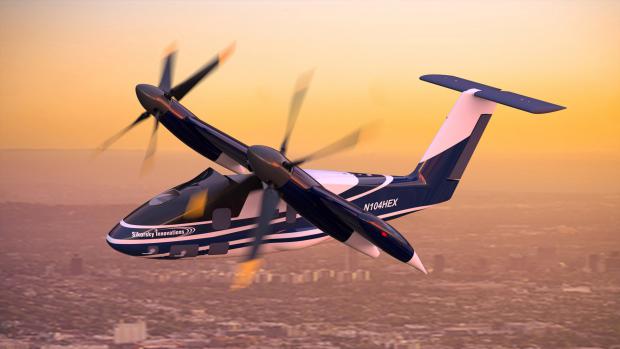
Breaking News
 IT'S OVER: Banks Tap Fed for $17 BILLION as Silver Shorts Implode
IT'S OVER: Banks Tap Fed for $17 BILLION as Silver Shorts Implode
SEMI-NEWS/SEMI-SATIRE: December 28, 2025 Edition
 China Will Close the Semiconductor Gap After EUV Lithography Breakthrough
China Will Close the Semiconductor Gap After EUV Lithography Breakthrough
 The Five Big Lies of Vaccinology
The Five Big Lies of Vaccinology
Top Tech News
 EngineAI T800: Born to Disrupt! #EngineAI #robotics #newtechnology #newproduct
EngineAI T800: Born to Disrupt! #EngineAI #robotics #newtechnology #newproduct
 This Silicon Anode Breakthrough Could Mark A Turning Point For EV Batteries [Update]
This Silicon Anode Breakthrough Could Mark A Turning Point For EV Batteries [Update]
 Travel gadget promises to dry and iron your clothes – totally hands-free
Travel gadget promises to dry and iron your clothes – totally hands-free
 Perfect Aircrete, Kitchen Ingredients.
Perfect Aircrete, Kitchen Ingredients.
 Futuristic pixel-raising display lets you feel what's onscreen
Futuristic pixel-raising display lets you feel what's onscreen
 Cutting-Edge Facility Generates Pure Water and Hydrogen Fuel from Seawater for Mere Pennies
Cutting-Edge Facility Generates Pure Water and Hydrogen Fuel from Seawater for Mere Pennies
 This tiny dev board is packed with features for ambitious makers
This tiny dev board is packed with features for ambitious makers
 Scientists Discover Gel to Regrow Tooth Enamel
Scientists Discover Gel to Regrow Tooth Enamel
 Vitamin C and Dandelion Root Killing Cancer Cells -- as Former CDC Director Calls for COVID-19...
Vitamin C and Dandelion Root Killing Cancer Cells -- as Former CDC Director Calls for COVID-19...
 Galactic Brain: US firm plans space-based data centers, power grid to challenge China
Galactic Brain: US firm plans space-based data centers, power grid to challenge China
This New Hybrid VTOL Aircraft Will Be Able to Fly Itself for Over 500 Miles

Sikorsky has already shown it can make a damn good chopper. Now it's ready to prove it can make a fleet of futuristic hybrid rotorcraft, too.
The American aircraft manufacturer, helmed by aviation giant Lockheed Martin, just announced it is working on a hybrid-electric vertical takeoff and landing (HEX/VTOL) demonstrator with a tilt-wing configuration (pictured top). The vessel is the first in a new series of large hybrid VTOL aircraft that will feature varying degrees of electrification and advanced autonomy systems.
Distinguished by a tilt-wing design, the inaugural fleet member can execute vertical takeoffs and landings and easily transition to winged horizontal flight to increase speed and range. The final demonstrator will have a maximum gross weight of 9,000 pound (4,000 kg) and pack a 1.2 MW-class turbogenerator.
The HEX family will also include a conventional helicopter and a quadcopter with tiltable propulsion nacelles. Sikorsky says each fleet member will have a range greater than 500 nautical miles (575 miles) at high speed. All three crafts will also have fewer mechanical systems to simplify flying and lower maintenance costs than competitors, according to the company. To top it off, the autonomy system will allow for pilotless flight.
"Autonomy and electrification will bring transformational change to flight safety and operational efficiency of large VTOL aircraft," Sikorsky president Paul Lemmo said in a statement. "Our HEX demonstrator program will provide valuable insights as we look to a future family of aircraft built to the scale and preferred configurations relevant to commercial and military customers."
Sikorsky is just one of a handful of manufacturers with hybrid VTOL aircraft in the production pipeline. The company established a prototype group in 2010 to focus on developing next-generation VTOLs. Over the past decade, Sikorsky Innovations has been working to solve technological challenges regarding rotary wing speed, autonomy, and intelligence. The team is now working with GE Aerospace on a hybrid-electric power systems testbed with a 600 KW electric motor. The testbed will be used to evaluate the hover performance of the HEX demonstrator.



